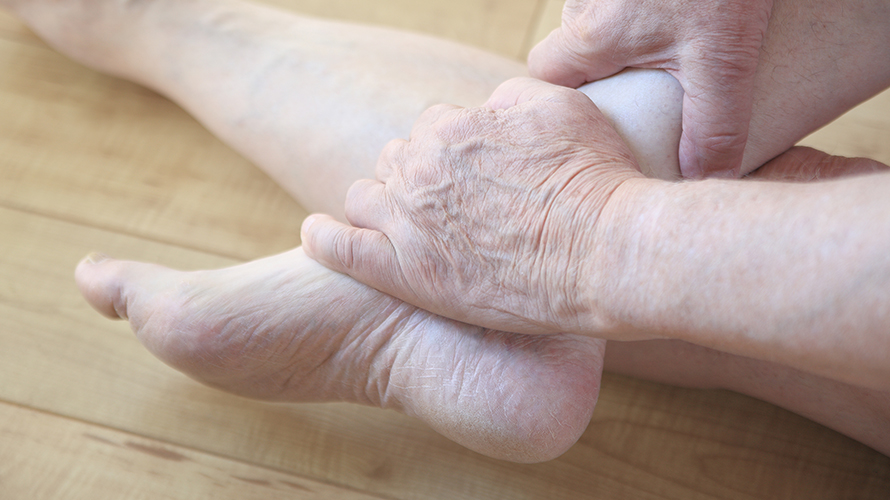Foot Arthritis

Osteoarthritis of the foot and ankle: causes and treatment
Osteoarthritis is considered a wear-and-tear disease because the cartilage in the joint wears down with repeated stress and use over time. It can also be the result of an injury, even though it may be years after the injury before the osteoarthritis is noticeable. As the cartilage deteriorates and gets thinner, the bones lose their protective covering and eventually may rub together, causing pain and inflammation of the joint.
Sometimes osteoarthritis develops as a result of abnormal foot mechanics, such as flat feet or high arches. A flat foot causes less stability in the ligaments (bands of tissue that connect bones), resulting in excessive strain on the joints, which can cause arthritis. A high arch is rigid and lacks mobility, causing a jamming of joints that creates an increased risk of arthritis.
Symptoms and diagnosis of osteoarthritis of the foot and ankle
Common symptoms of osteoarthritis of the foot and ankle include:
- Pain and stiffness in the joint
- Swelling in or near the joint
- Difficulty walking or bending the joint
- Bone spur
Some patients with osteoarthritis also develop a bone spur (a bony protrusion) at the affected joint. Shoe pressure may cause pain at the site of a bone spur, and in some cases, blisters or calluses may form over its surface. Bone spurs can also limit the movement of the joint
Dr. Marc Frankel will examine your foot thoroughly, looking for swelling in the joint, limited mobility and pain with movement. In some cases, deformity and/or enlargement (spur) of the joint may be noted. X-rays may be ordered to evaluate the extent of the disease.
Nonsurgical treatment options
To help relieve symptoms, Dr. Marc Frankel may recommend treating osteoarthritis with one or more of the following nonsurgical approaches:
- Oral medications. Nonsteroidal anti-inflammatory drugs (NSAIDs), such as ibuprofen, are often helpful in reducing inflammation and pain. Occasionally, a prescription for a steroid medication is needed to adequately reduce symptoms.
- Orthotic devices. Custom orthotic devices (shoe inserts) are often prescribed to provide support to improve the foot’s mechanics or cushioning to help minimize pain.
- Bracing. Bracing, which restricts motion and supports the joint, can reduce pain during walking and helps prevent further deformity.
- Immobilization. Protecting the foot from movement by wearing a cast or removable cast-boot may be necessary to allow the inflammation to resolve.
- Steroid injections. In some cases, steroid injections are applied to the affected joint to deliver anti-inflammatory medication.
- Physical therapy. Exercises to strengthen the muscles, especially when osteoarthritis occurs in the ankle, may give the patient greater stability and may help him or her avoid injury that might worsen the condition.
When is surgery needed?
When osteoarthritis has progressed substantially or has failed to improve with nonsurgical treatment, surgery may be recommended. In advanced cases, surgery may be the only option. The goal of surgery is to decrease pain and improve function. At Frankel Foot & Ankle, Dr. Marc Frankel will consider a number of factors when selecting the procedure best suited to a patient’s condition and lifestyle.

